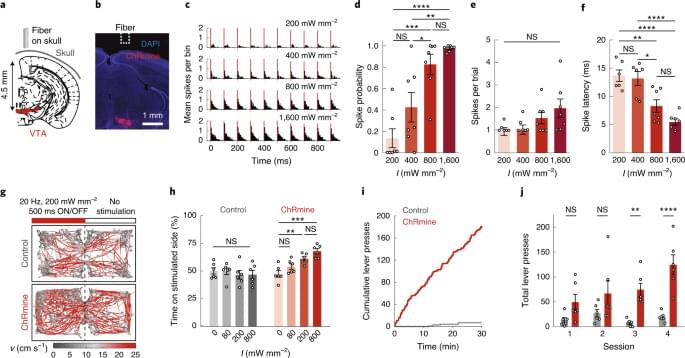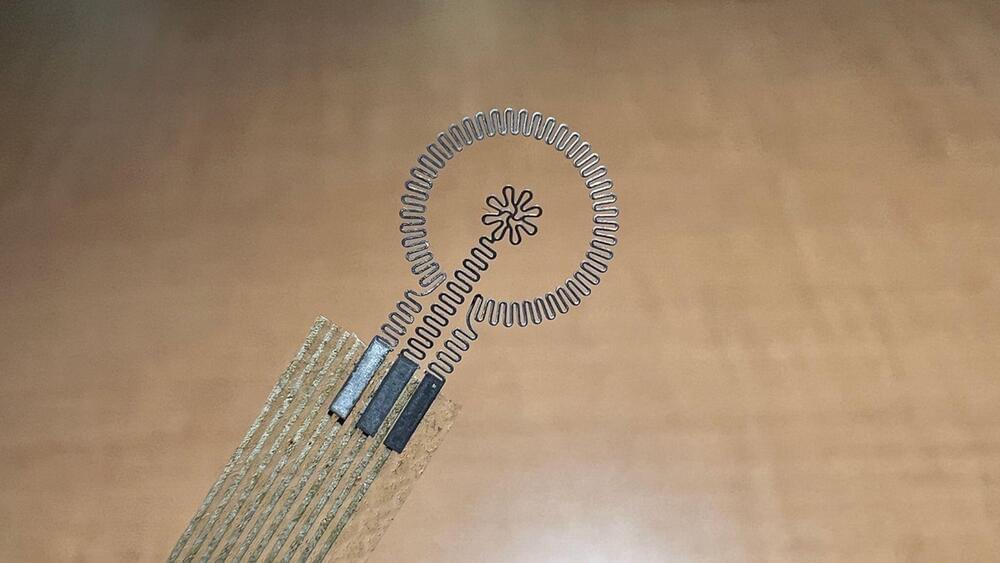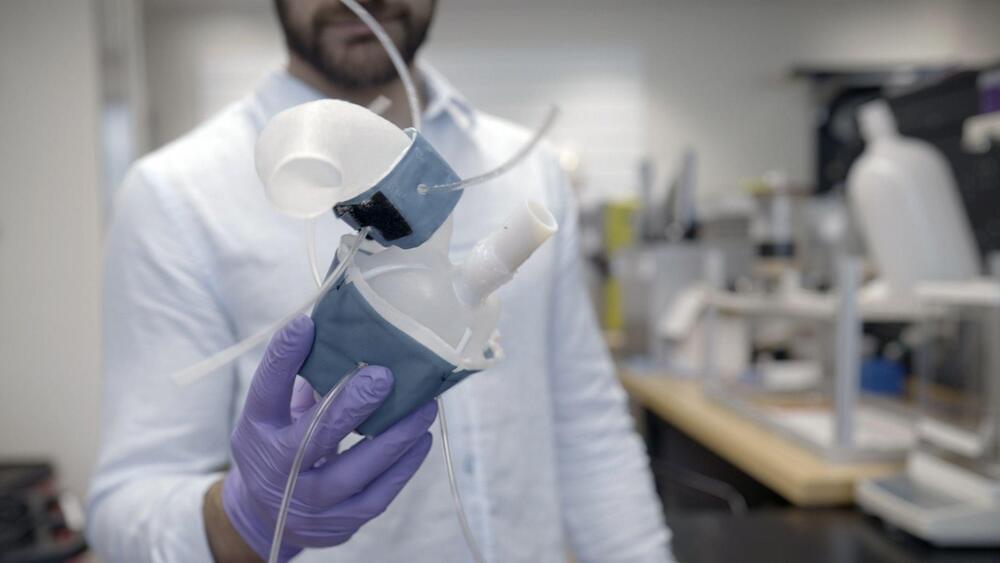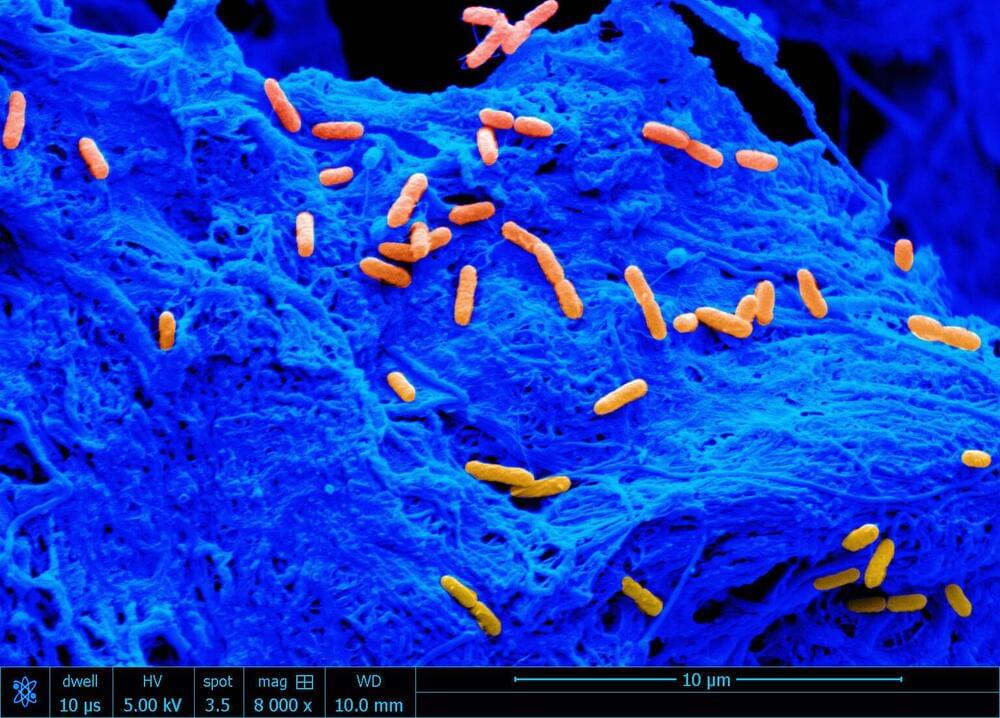Optogenetic control of neural activity in the deep brain is achieved without intracranial surgery using ChRmine.



Synthetic speech and voice cloning startup Resemble AI has introduced an “audio watermark” to tag AI-generated speech without compromising sound quality. The new PerTh Perceptual Threshold) Watermarker embeds the sonic signature of Resemble’s synthetic media engine into a recording to mark its AI origin regardless of future audio manipulation, yet subtle enough that no human can hear it.
Audio Watermarking
Visual watermarking hides one image within another, invisible without a computer scanner in the case of particularly high-security documents. The same principle applies to audio watermarks, except it’s a very soft sound that people won’t notice but encoded with information that a computer could decipher. The concept isn’t new, but Resemble has leveraged its audio AI to make PerTh more reliable without compromising the realism of its synthetic speech creation.
Quiet sounds can be obliterated easily in most cases, but Resemble figured out a way to hide its identification tones within the sounds of speech. As people talking is the point of Resemble’s services, the audio watermark is much more likely to come through an edit unscathed. Resemble takes advantage of how humans tend to focus on specific frequencies and how louder sounds can hide quieter noises that are close in frequency. The combination masks and protects the watermark sound from humans noticing or being able to extract the audio watermark. Resemble’s machine learning model can determine where to embed the quiet sonic tag, generate the appropriate sound, and put it in place. The diagram below illustrates how the watermark hides in plain sight, or sound in this case.

Blurring lines between man and machine.
A breakthrough has made way for a new paradigm in bioelectronics. Earlier, it took the implantation of physical objects to initiate electronic processes in the body. Humans have incorporated technology to enhance the human experience and take charge of their evolution. They’ve also integrated devices within them that could alternately function as organs when biological tissues fail.
Scientists have now developed a viscous gel that will be enough in the future.
Researchers at Linköping, Lund, and Gothenburg universities in Sweden have successfully grown electrodes in living tissue using the body’s molecules as triggers.
Thor Balkhed.
Earlier, it took the implantation of physical objects to initiate electronic processes in the body. Humans have incorporated technology to enhance the human experience and take charge of their evolution. They’ve also integrated devices within them that could alternately function as organs when biological tissues fail.

The transient electronic bandage reduces inflammation, and dissolves into your body after use.
Northwestern scientists have created a groundbreaking medical device with the potential to revolutionize healing: an electrotherapy patch that accelerates wound recovery and safely self-dissolves when no longer necessary.
Cost-effective solution for closing wounds.
Norhtwestern University.
This innovative bandage was tested on diabetic ulcers in animal trials, showing over 30% faster healing than untreated lesions! It could be important for people who have diabetes whose sores can lead to debilitating outcomes like having limbs amputated or even death.

A precise replica of the patient’s heart is created as a soft, flexible shell.
MIT engineers’ newly developed robotic heart will help doctors adjust therapies to individuals’ unique heart structures and functions. The personalized 3D-printed heart can control and imitate the patient’s capacity to pump blood.
Melanie Gonick/MIT
As explained by MIT, the procedure begins with the researchers converting medical images of a patient’s heart into a three-dimensional computer model, which they then 3D print with a polymer-based ink.

The days of ripping off a Band-Aid could soon be in the past, with scientists creating a new affordable, flexible electronic covering that not only speeds and wirelessly monitors healing but performs a disappearing act by being harmlessly absorbed into the body when its job is done.
“Although it’s an electronic device, the active components that interface with the wound bed are entirely resorbable,” said Northwestern University’s John A. Rogers, who co-led the study. “As such, the materials disappear naturally after the healing process is complete, thereby avoiding any damage to the tissue that could otherwise be caused by physical extraction.”
Electronic bandages are an emerging but by no means new technology, with earlier developments into bacteria-killing patches, motion-powered covers and even forays into smart dressings. But this dressing is the first bioresorbable bandage of its kind, delivering electrotherapy to wounds to accelerate healing by up to 30 per cent, and relaying data on the injured site’s condition to allow monitor of it from afar. The Northwestern scientists believe it could be a game-changer for diabetics and others who face serious complications from frequent and slow-healing sores.

For the first time, scientists have used machine learning to create brand-new enzymes, which are proteins that accelerate chemical reactions. This is an important step in the field of protein design, as new enzymes could have many uses across medicine and industrial manufacturing.
“Living organisms are remarkable chemists. Rather than relying on toxic compounds or extreme heat, they use enzymes to break down or build up whatever they need under gentle conditions. New enzymes could put renewable chemicals and biofuels within reach,” said senior author David Baker, professor of biochemistry at the University of Washington School of Medicine and recipient of the 2021 Breakthrough Prize in Life Sciences.
As reported Feb, 22 in the journal Nature, a team based at the Institute for Protein Design at UW Medicine devised machine-learning algorithms that can create light-emitting enzymes called luciferases. Laboratory testing confirmed that the new enzymes can recognize specific chemicals and emit light very efficiently. This project was led by two postdoctoral scholars in the Baker Lab, Andy Hsien-Wei Yeh and Christoffer Norn.

The bones of the face and skull can be affected due to a wide range of conditions, including cleft palate defects, traumatic injuries, cancer, and bone loss from dentures. Although bone replacements are routinely used to regenerate the missing tissue, they are vulnerable to bacterial infection. In a new study, researchers investigated whether manuka honey, made from tea trees, can be used to resist bacterial infection and promote bone growth.
Bone implants account for 45% of all hospital-contracted infections, impeding healing. Typically, these implants are made from biomaterials that contain extracellular matrix components—molecules that provide structural support to cells. However, researchers commonly use metal implants or synthetic polymers to study bone defects and infections. Therefore, there is a gap in the understanding of how biomaterials behave in response to infection.
“Imagine a metal versus something soft and porous that is made up of extracellular matrix components. They have very different characteristics,” said Marley Dewey, a former graduate student in the Harley lab and the first author of the paper. “Using our scaffolds, this is the first paper to look at how these materials become infected.”
